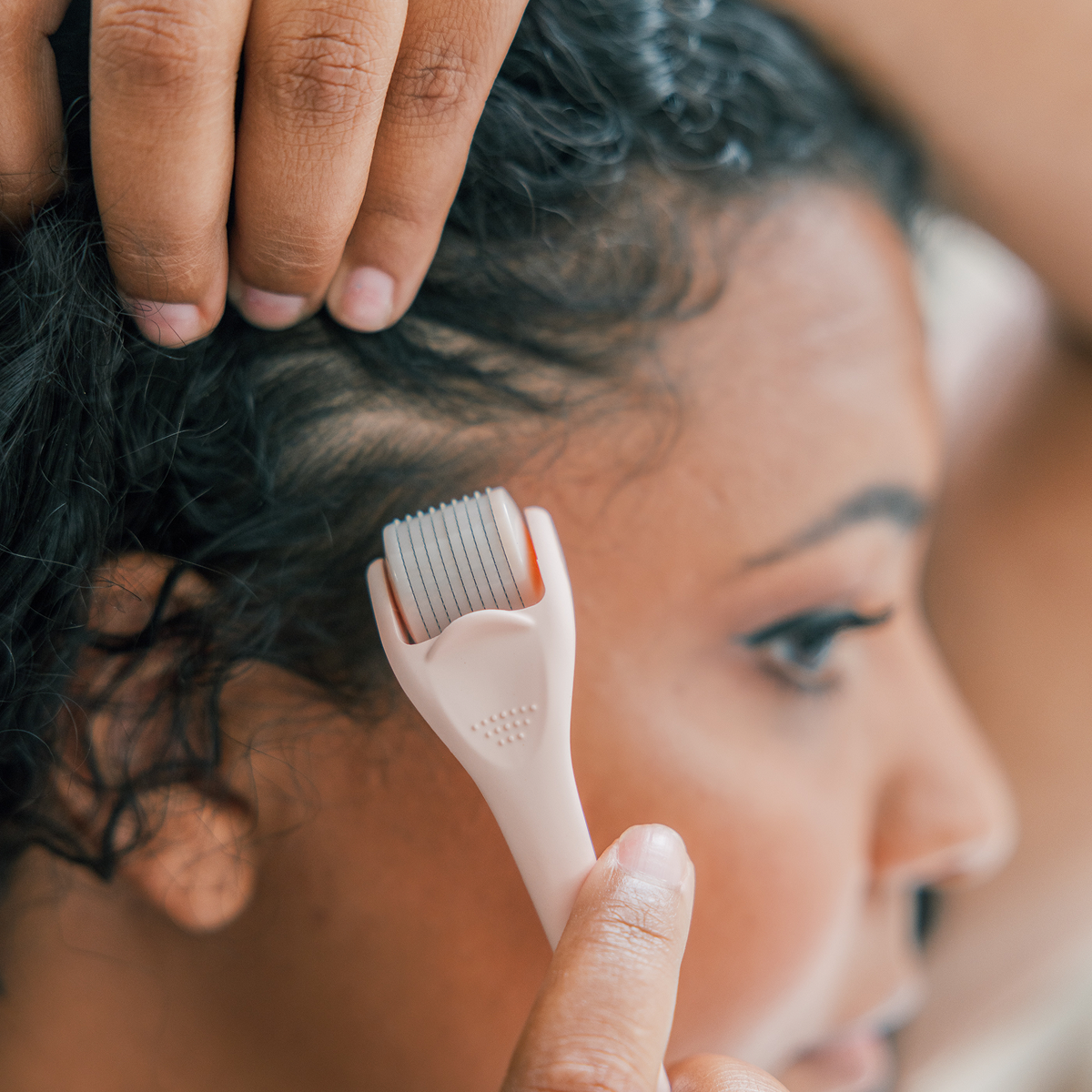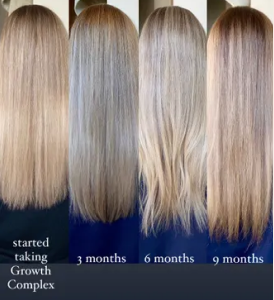Your hair is a living record of your life—changing in texture, volume, and resilience as you move through each chapter. From hormonal highs and lows to environmental damage and stress, your strands tell a story. But with the right care, you can make sure it’s a beautiful one. Here's your decade-by-decade guide to understanding what your hair goes through and how to support it every step of the way.
In Your 20s: Prevention, Protection, and Establishing a Routine
Your 20s often bring some of your healthiest hair years—your hair may be at its thickest and grow the fastest. But this is also the time many of us subject our hair to intense styling habits: daily heat tools, bleaching, chemical treatments, tight ponytails, and more. Add stress from school, work, or new relationships, and your follicles could start feeling overwhelmed.
While you may not notice immediate damage, your 20s are the best time to build a preventative routine. Use heat tools sparingly and always with a protectant. Choose sulfate-free shampoos that are gentle on the scalp and avoid frequent color processing. Establishing a consistent supplement routine with ingredients like biotin, zinc, keratin, and antioxidants helps set the foundation for strong, resilient hair in the decades to come.
Also, consider protecting your hair overnight with silk scrunchies or a silk pillowcase. These small habits can prevent mechanical breakage and preserve your natural oils.
In Your 30s: Hormonal Changes, Postpartum Hair Loss, and Stress Management
Many women in their 30s experience their first noticeable changes in hair health. Hormonal fluctuations from pregnancy, postpartum, or starting/stopping hormonal birth control can impact hair density and thickness. You might notice more shedding around the hairline, especially after having a baby, or general thinning that seems to come out of nowhere.
Support your body through these changes by fueling it with nutrients like iron, vitamin D, omega-3s, and keratin. Consider scalp massages to stimulate blood flow and encourage follicle recovery. Sleep and stress management also play a huge role in this decade. Cortisol, the stress hormone, can disrupt the hair growth cycle and lead to excessive shedding (a condition known as telogen effluvium).
If you're navigating postpartum hair loss, be gentle with your hair. Avoid tight hairstyles, minimize heat styling, and incorporate nourishing serums into your routine to help rebuild the strength of your strands. With consistency, most women see regrowth within 6–12 months.
In Your 40s: Slower Growth, Loss of Density, and Changing Texture
As estrogen levels begin to drop in your 40s, you may notice hair growth slowing, increased dryness, and even changes in texture. Some women experience wavier or coarser strands, while others feel their hair becomes finer and more fragile. It’s also common to start seeing grays appear in this decade, which are drier and more brittle by nature.
This is the time to double down on moisture and scalp care. Weekly deep conditioning masks, nourishing serums, and protective styling can make a huge difference. Look for ingredients like argan oil, panthenol, and hydrolyzed keratin. Regular trims (every 8–12 weeks) can prevent split ends and keep your hair looking fuller and healthier.
If you’re noticing thinning at the crown or part line, you’re not alone. Female pattern hair loss can begin in this decade. Supplements with Cynatine HNS (a bioavailable form of keratin) and adaptogens like ashwagandha may help support hormonal balance and reduce hair stress.
In Your 50s and Beyond: Menopause, Volume Loss, and Hair Revival
Menopause marks a major shift in hair health. Declining estrogen and progesterone levels can result in thinner hair, reduced volume, slower growth, and an increase in shedding. Many women notice that their hair feels weaker, breaks more easily, and doesn’t hold styles like it used to.
In this phase, scalp health becomes even more critical. A healthy scalp environment supports the hair follicles that are still active and nourishes new growth. Consider regular scalp exfoliation, hydrating treatments, and gentle cleansers that won’t strip the skin’s natural oils.
Gray hair also needs different care—it tends to be drier and more porous, so look for moisturizing, color-safe products. If you're embracing your silver strands, protect them from yellowing with purple shampoos and UV filters. If you're coloring, be sure to use strengthening treatments in between salon visits.
This is also a good time to look into low-level laser therapy or targeted supplements if hair thinning is impacting your confidence. And remember: even small improvements in thickness or strength can have a big impact over time.
Hair Through the Decades: A Summary
In your 20s: Protect and prevent damage, establish good habits early.
In your 30s: Support your body through hormonal and lifestyle changes.
In your 40s: Restore moisture, reduce breakage, and care for changing texture.
In your 50s and beyond: Focus on hydration, scalp support, and gentle care.
Final Thoughts
Your hair evolves throughout your life—and that’s something to embrace, not fear. With the right tools, nutrients, and care, you can feel confident in your hair no matter your age. Whether you're 25 or 65, your hair journey is still yours to define. Treat it with patience, nourish it from within, and it will reward you with strength, shine, and resilience at every stage.
💛 Love your hair, love your journey.



























